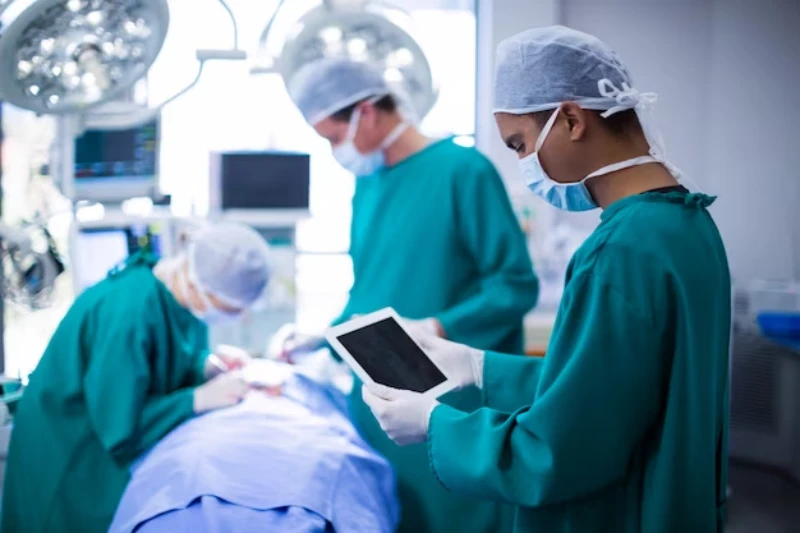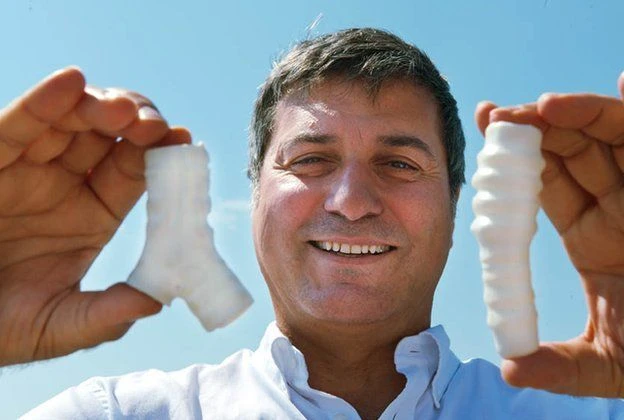
The future of food production is a hot topic among experts. Some believe that we will see more sustainable and efficient methods of food production, while others believe that we will see a decrease in the quality and quantity of food produced.
However, one thing is certain – the way we produce food will have to change in order to feed the growing population without putting an unbearable strain on our planet’s resources.
A lot has been said about the “future of food,” but no one really knows what it holds. The world’s population is expected to reach 9 billion by 2050, which means that we’ll need to increase agricultural productivity by 70% just to keep up with demand.
Yet, as land becomes scarce and climate change makes farming increasingly difficult, it’s becoming clear that we can’t continue producing food the way we have been. So what will the future of food production look like? Here are some possible scenarios:
More efficient farming practices
In order to increase yields without using more land or water, farmers will need to become much more efficient in their use of inputs such as water, fertilizer, and energy.
They may do this through the use of precision agriculture techniques such as using sensors and drones to more accurately target inputs, or by planting more drought-resistant crops.
Vertical farms
As land becomes scarce and the demand for fresh produce increases, we will likely see a rise in vertical farming – that is, producing food in vertically stacked layers in controlled indoor environments. This could allow farmers to grow crops year-round and in locations that would otherwise be unsuitable for agriculture, such as cities.
Insects as food
Insects are a highly efficient source of protein, and they require far less land and water than traditional livestock such as cattle or pigs.
As the world’s population grows and meat consumption is expected to increase by 76% by 2050, we may see insects playing a larger role in the human diet. While this may not be palatable to everyone at first, it could be an important way to sustainably meet our future food needs.
Synthetic biology
A newer area of research, synthetic biology, which involves the manipulation of genes and biological processes could lead to the development of entirely new types of foods.
For example, scientists have already created “super bananas” that are enriched with vitamins and minerals.
As our understanding of biology grows, there is no telling what kinds of foods we may be able to create in the future. You may check the future of biotech here.
Alternative proteins
As traditional animal protein sources become less sustainable, we will likely see a rise in alternative proteins such as plant-based meat replacements and lab-grown meat.
These products are already starting to appear on store shelves and restaurant menus, and they are only going to become more common in the years to come.
No one knows exactly what the future of food production will look like, but it’s clear that change is needed if we’re going to sustainably feed the world’s growing population.
The scenarios outlined above are just some of the ways that our food system could evolve in the coming years – it’s up to us to decide which direction we want to go in.





